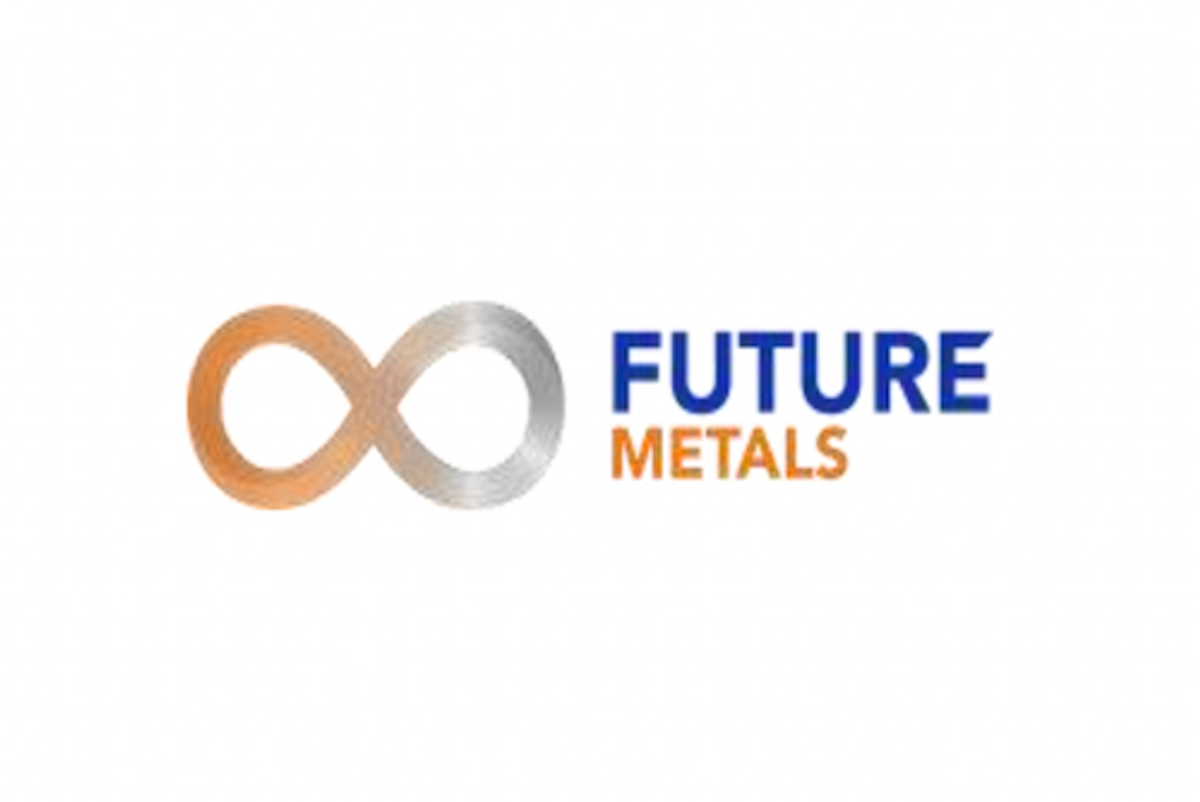Future Metals NL ("Future Metals" or the "Company", ASX | FME) is pleased to provide an update on its admission to trading on the AIM market of the London Stock Exchange ("AIM") and its operational progress.
Highlights - Admission to AIM
- Admission to trading on the AIM market of the London Stock Exchange expected to take place at 8:00a.m. (London time) on 21 October 2021 under trading code 'FME' ("Admission")
- Highly respected UK-based company director, Elizabeth Henson, to be appointed to the Board as an Independent Non-Executive Director on Admission
- Appointment of W H Ireland Limited ("WH Ireland") as UK Broker with effect from Admission
- Operational update
- Drilling progressing as planned at Panton, with approximately 3,000m completed to date across thirteen holes
- Samples submitted for assaying for initial ten holes drilled with results pending
- Drilling is continuing and currently targeting shallow mineralisation across the B Zone and C Zone where the Company sees potential for broad mineralisation outside of the current Panton 2.4Moz JORC Mineral Resource Estimate ("MRE") (refer Appendix One)
Admission to AIM
It is expected that the Company's ordinary shares will be admitted to trading on AIM at 8:00a.m. (London time) on 21 October 2021. On Friday, 15 October 2021 the Company published an AIM Admission Document, which will be made available on the Company's website at
www.future-metals.com.au from Admission.
In conjunction with Admission, the Company has secured the appointment of a highly credentialed UK-based director to augment the Company's existing board of directors. It is proposed that Elizabeth Henson will be appointed to the Board of Future Metals with effect from Admission.
Ms Henson was formerly a senior international private tax partner of PricewaterhouseCoopers (PwC) in London, having founded and led PwC's International Wealth business. She is an experienced company director and holds a Master of Laws and Tax from Queen Mary, University of London, along with a Bachelor of Laws (LLB) and Bachelor of Art from Rhodes University, South Africa.

